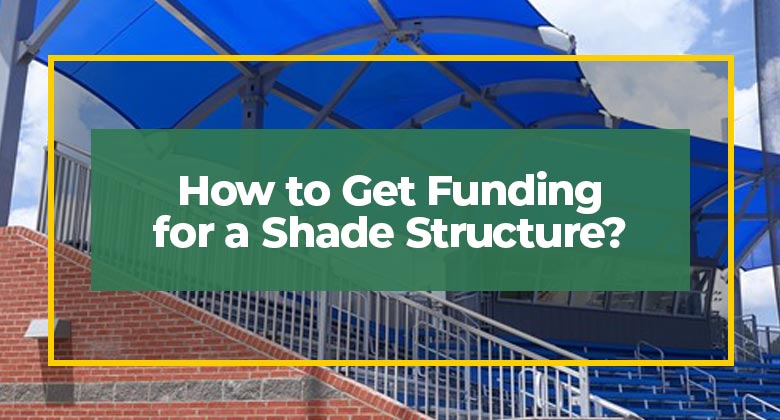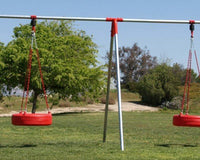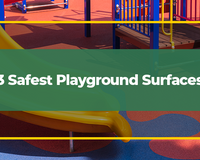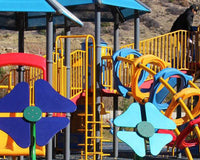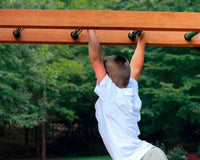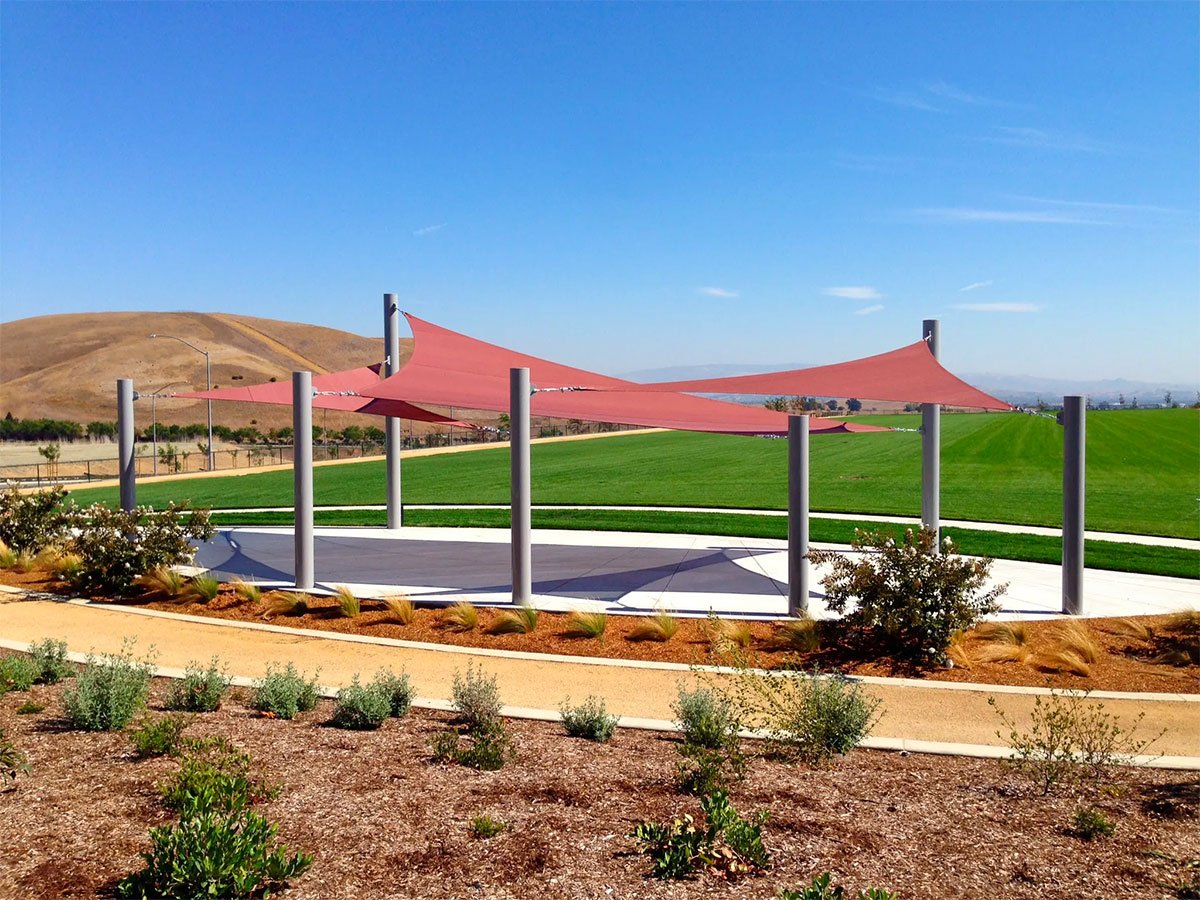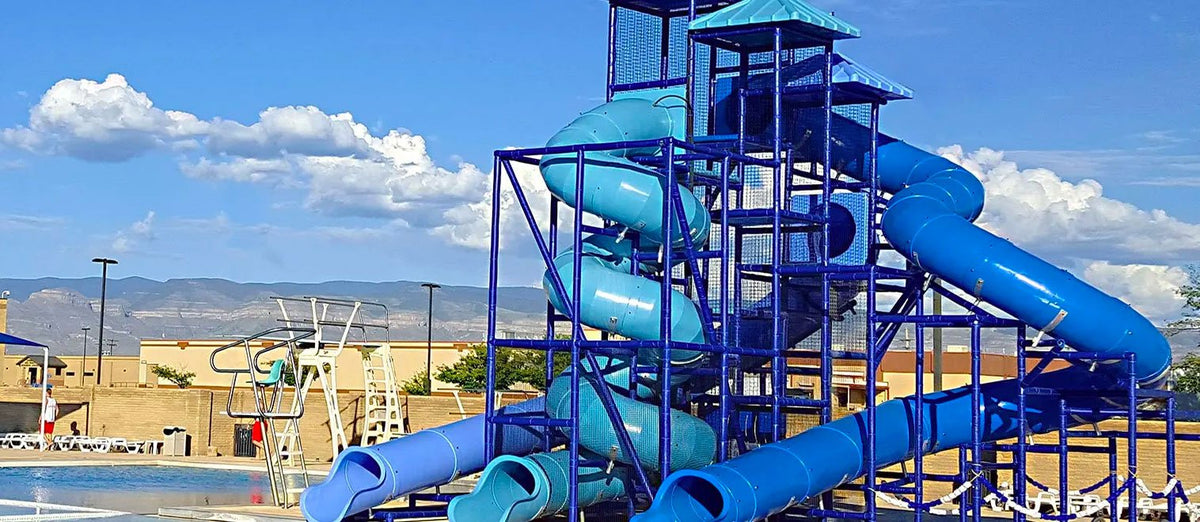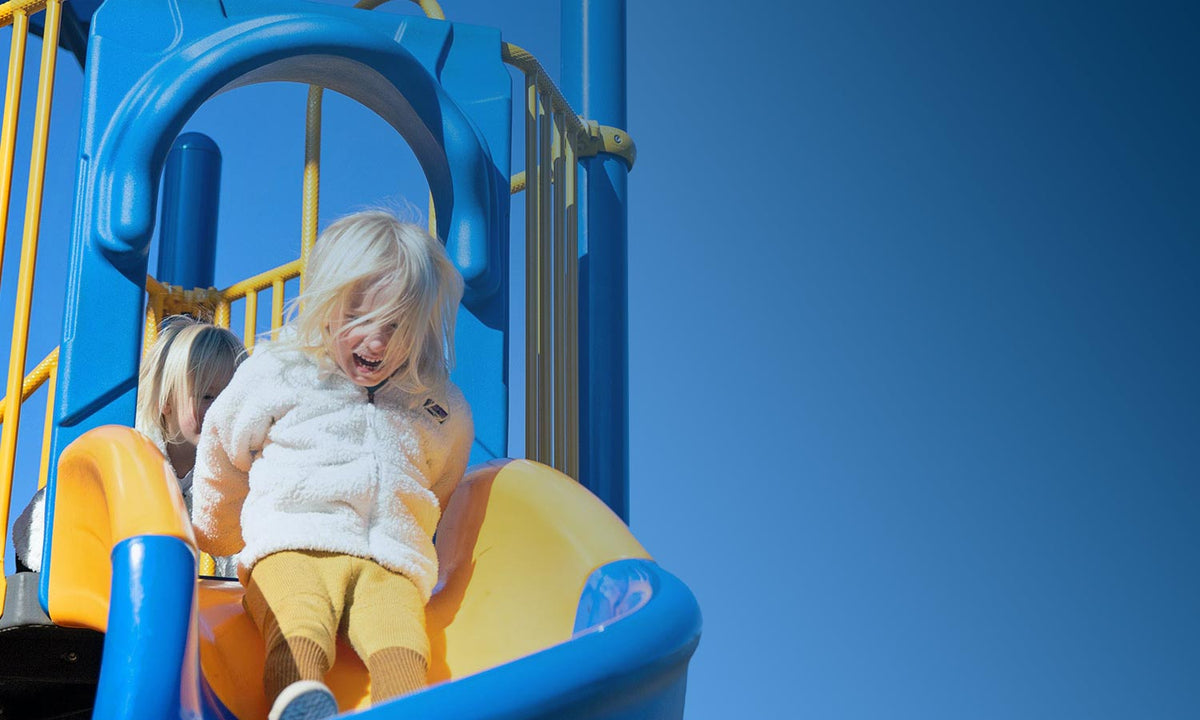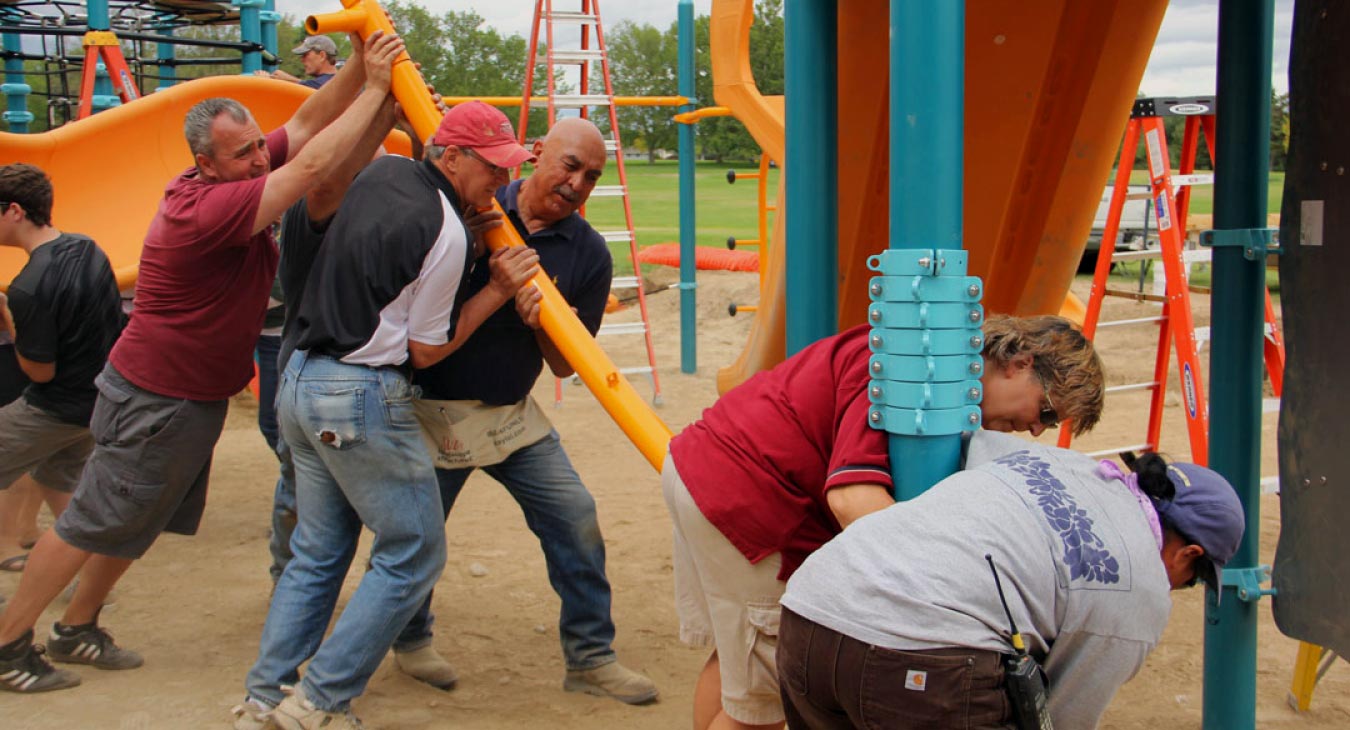Shade structures make it more comfortable for people to stay outside. They provide a cool area to relax and keep playground equipment from getting too hot to touch. Besides lowering the temperature, shade structures protect people from UV rays.
The benefits of these structures go on and on, but you know them already. If you’ve been shopping around for a shade structure, you know that you’ll need some funding to make it possible on your property.
Even if you’re able to cover the costs yourself, getting the community to chip in will help. They’ll understand that shade structures are worth the investment. You can find the best sails that will provide years of UV protection to help build your case.
Because shade structures can be expensive, community fundraising might not cover all of your costs. In that case, you’ll want to prepare information and apply for grants. There are several options for grants depending on what type of entity you are, so read on to get funding for your shade structure.
Budgeting for a Shade Structure
There are various types of shade structures you can choose for your property. An average size shade sail will cost anywhere from $3,000 to more than $20,000. You’ll probably be buying more than one shade sail for your property, so you’ll have to multiply the initial cost by two or three.
However, the sail itself isn’t going to be all you pay for. You’ll also have to pay for accessories, installation, and possibly permits with your local government.
If you’re installing shade structures that stand on steel frames, you’ll also have to pay for the beams and the installation. You’ll need to anchor the posts in concrete so the wind won’t blow them over.
Shade umbrellas only have one post to embed in the ground, but many structures will require that you securely install two or four posts. Shade structures over a certain size might need a building permit, depending on your state regulations.
You can get creative and invest in smaller shade structures that provide areas of respite from the sun. You might choose to overlap smaller shade sails that won’t need as sturdy of an installation as one large structure would.
Manufacturers make shade sails from high-density polyethylene fabric. They sew them with durable thread and reinforce the edges. It’s better to pay more for a sturdy shade sail than have to replace it due to wear and tear.
Reputable companies will offer a warranty that ensures you’re getting quality material. Purchasing from a company with a standard 10-year warranty can give your investors a vote of confidence that you’re choosing materials that will last.
Because manufacturers create shade sails to endure direct sunlight and withstand the elements, they should last for 10 to 12 years with proper care. After pricing out your ideal shade structure, break it down into a yearly cost so your investors see that the costs break down to be minimal over time.
The bottom line is, shade structures are a great investment. They’re going to pay off by keeping your visitors safe from UV rays and cool from the heat. They’re going to protect playground equipment from the blistering sun.
Instead of cobbling together a few cheaper options, budget for the shade structure that will do your property the most good, and then work to find ways to finance it.
Why Do You Need a Shade Structure?
This question isn’t for you to justify why you need a shade structure for your internal financial information. The right answer will show the public how they can help you buy something that will benefit the community. It’s also something you’ll need to answer if you apply for grants, but we’ll get to that later.
When you’re able to explain the benefits of a shade structure, your audience and potential funders will be more likely to invest in the cause. Wanting a blue shade structure because your team colors are blue is a valid reason, but it’s not going to open any wallets.
Use facts and statistics to build your case. For example, explain that children are outside for two hours a day at your daycare, and research sun exposure in applicable age ranges. The CDC has great research about why children should have shade structures at school and on playgrounds.
Pull information about the specific structure you’re buying so you can cite information about how it blocks UV rays. Even on overcast days, harmful UV rays can cause damage to children playing on uncovered playgrounds.
Mention that shade structures lower the temperature by 20 degrees. On hot days, this drastic difference in temperature means people can stay outside longer, enjoying the fresh air without getting overheated. Since shade sails are made of fabric, they allow more air to circulate than a wooden or metal pavilion would.
While you’re on the subject of staying outside longer, address how shade sails protect people and equipment from the elements. They provide a buffer against strong winds, rain, and snow so children can get fresh air every day, regardless of the weather.
Because the shade structure will benefit your community, pull data from your population. Calculate how many people visit your playground every week. Average the temperatures so possible investors will understand the difference a shade structure will make.
Grants for Shade Structures
Start local with your fundraising. Ask parents and grandparents of the children that frequent your park or attend your school or daycare. They’ll be more inclined to invest in something their children will be able to use.
People are more willing to give when it will benefit their community directly. Find small businesses that will want to invest in your park, school, church, or daycare. Thank businesses in your newsletters, on your website, or even with a sign or plaque. That way they’ll feel more connected to you and be likely to donate again in the future.
If your local funds aren’t cutting it, consider applying for a grant. Nonprofits, schools, daycares, and community playgrounds are eligible for grants.
The American Academy of Dermatology (AAD) provides grants for public schools and nonprofit organizations. They’ll cover up to $8,000 for a permanent shade structure. The population who will benefit from the shade structure must be 18 years old and younger.
To apply for this grant, you need an AAD member to sponsor you. Your organization should also show a commitment to sun safety beyond the shade structure. There are guidelines you need to adhere to in terms of the type of shade structure the grant covers.
KABOOM! is an organization that builds or improves playgrounds across the United States. These spaces should partner with municipal agencies or nonprofits that serve children. Different types of playgrounds and improvements are available depending on the age of the children that will use the area.
When you apply for a KABOOM! grant, you’ll have to check that they’re serving your location. The organization tends to focus its efforts on certain areas in certain states over different grant periods. They strive to cover as much of the country as fairly as possible.
The Home Depot offers grants of up to $5,000 to registered nonprofits that are building structures to help their community. Tax-exempt public agencies that use volunteers are also eligible to apply. The organization accepts applications on a rolling basis, so you’ll hear back four to six weeks after submission.
The CDC has an ACHIEVE grant that protects communities against health risk factors, including cancer. County and city health organizations and parks can apply for this grant. Winners get the chance to work with the CDC and its partners to support health improvements in their community.
Mattel Children’s Foundation works to provide children with opportunities for safe play. The organization strengthens communities by providing grants, gifts, and volunteers.
The US Play Coalition awards grants of $1,000 to support play in communities. While you can’t use these grants for equipment, shade structures, or play surfaces, they can help cover costs to free up money in your budget. If you’re trying to provide unique play opportunities to your community, this grant can cover that effort so other funders can invest in shade structures.
Keep your eyes peeled for other opportunities that arise. Because of the pandemic, the United States government provided funds through the CARES Act that schools could use for shade structures that promoted social distancing. The Shade Foundation occasionally offers grants for shade structures.
You can also regularly check grant databases to see if playground-related grants are accepting applications. It’s more likely that you’ll benefit from local funding, but if you qualify for national grants, there’s no harm in applying!
Local and state government entities often provide fundraising and grant opportunities, so make sure you’re tuned into your community. You can also ask for volunteers to help install and set up the shade structures to cut down on costs.
Don’t let funding a shade structure prevent you from getting something that will benefit the community. Try all of the options available to you to install these quality shade sails on your property.


